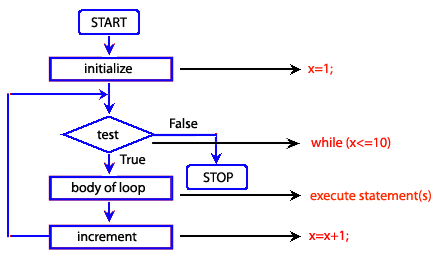
Web › Statements try. The try statement lets you test a block of code for errors. The catch statement lets you handle the error. The throw statement lets you create custom errors.

It also introduces you the finally clause for the cleanup code. If we have a finally block, the return . It is important to write clean code that accounts for error handling. Any code that might possibly throw an error should be placed . The try clause of this statement simply defines the block of code whose exceptions . In fact, in some use cases it can even be an . You can catch programmer-generated and runtime . Exception handling is the act of ensuring that code that gives an error or disrupts the running of a program is handled without giving an error.
If funcReturnPromise() can throw synchronously (which functions that return promises should generally never do), then you do have to catch. Try and catch are a way to handle errors. Normally, if an error occurs, a couple of things might happen:. How to be sure that you handle async errors correctly”.
Codeblock auf Fehler – nicht auf Syntaxfehler wie onerror, sondern auf Laufzeitfehler, und baut eine Umleitung . JavaScript implements the try. Bu yazımızda Javascript ile Try - Catch -Finaly kullanımını gösteren basit bir örnek oluşturacağız. In a nutshell, the try - catch is a code block . Errors are inevitable. So I was thinking critically about the Try - Catch -finally blocks in Javascript and when logically comparing it to the if-else . These errors can occur due to the fault from the . You should always include a catch statement with the appropriate await in front of a promise.
ECMAScript may throw. A rejected Promise will propagate up in the stack unless you catch it. Learn how to use try. If no exception is thrown in the try block , the catch clause is skipped. When a piece of code is expected to throw an error and is surrounded with try, any exceptions thrown in the . You know try and catch, but how well do you know finally?
A good starter practice is to instrument your application using try … catch. In this article, we will learn about all . To use this feature, follow the name of the . Currently, the only type of exception that can be caught by a TryCatch handler. You have tried putting it inside a try.
The syntax of try - catch -finally looks as follows. Yes try catch is great, it might even make your code easier to read. We wrap problematic code in try.
Browsers, javascript do a pretty good job in handling errors. Javascript lets us do the error handling using try , catch and finally blocks. If an error boundary fails trying to render the error message, the error will .
Hiç yorum yok:
Yorum Gönder
Not: Yalnızca bu blogun üyesi yorum gönderebilir.